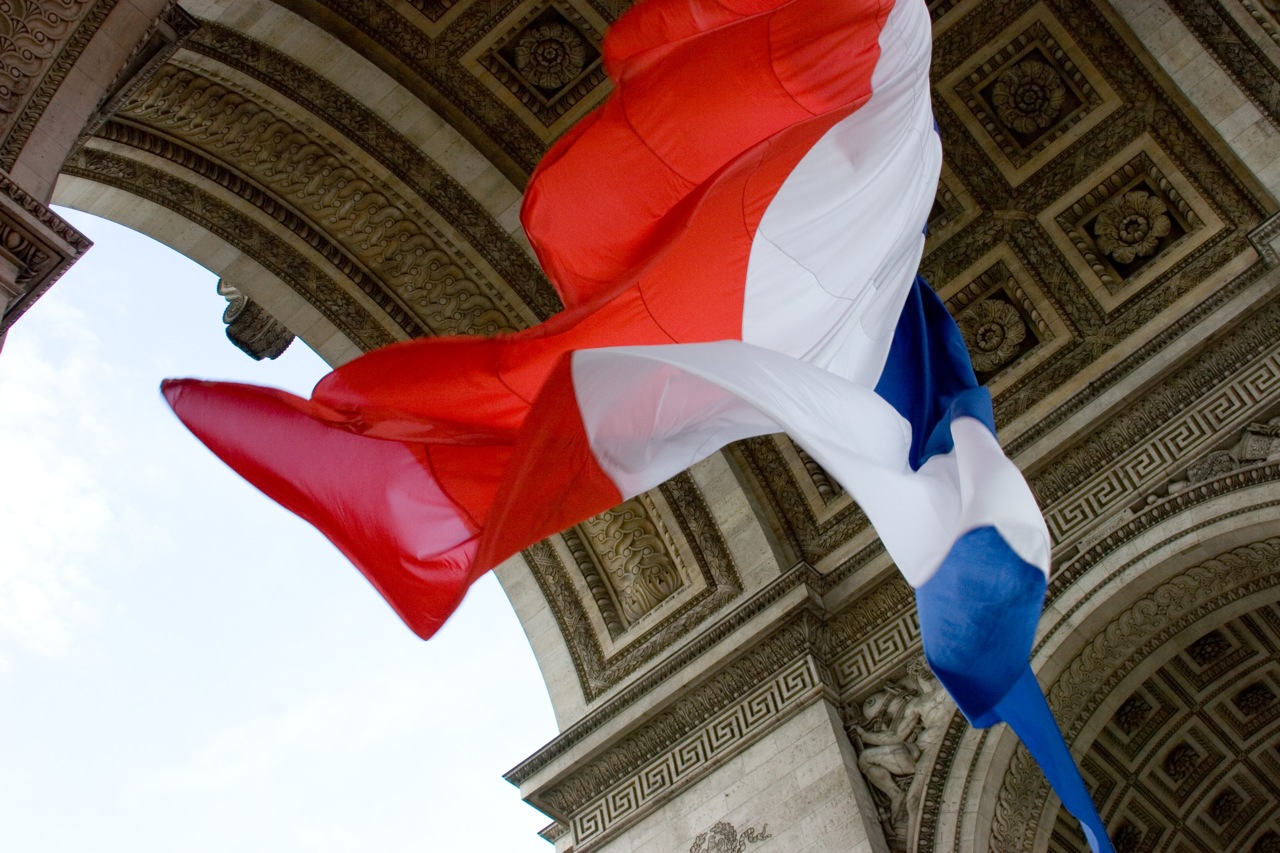The myths surrounding the Resistance in occupied France in World War Two have been unpicked in a new book by an Oxford University historian.
'Fighters in the Shadows' by Robert Gildea, Professor of Modern History, has been published by Faber and Faber this month.
The book has today been longlisted for the Samuel Johnson prize.
These myths were developed by Charles de Gaulle and those close to him to give the French Fourth Republic a positive narrative, Professor Gildea said.
'De Gaulle came back to Paris and famously marched down the Champs Elysees on 26 August 1944 to the acclamations of the crowd and he told the crowd that they, the French, had done very well and liberated themselves with only a bit of help from the Allies,' he said. 'Apart from a small minority of misérables most French had behaved very well, he later said.
'This was a creation of a founding myth of the new Fourth Republic that allowed the French to feel good about themselves but it covered over what was essentially a civil war in France in 1944 and it covered over a lot of the diversity of the Resistance, for example that the French resistance was actually populated by a large number of foreign fighters whose role has been overlooked.'
Many resisters in France had come from all over Europe to join the International Brigades in the Spanish Civil War and fled to France with thousands of Spanish republicans after Franco's victory in France.
Others had fled persecution in Fascist Italy and Nazi Germany after 1933 or were Polish, Hungarian or Romanian Jews fleeing anti-Semitic persecution in their own countries. 'It may be more accurate to talk less about the French Resistance than about resistance in France,' Gildea writes.
Professor Gildea says that even in France the Resistance was not the unified band of French fighters that is presented in most accounts of the War.
'It was a very wide spectrum of people – men, women, young people, people from the extreme left and also the extreme right, Christians, Jews, intellectuals and workers,' he says.
'Perhaps only 2% of people in France were in the Resistance people but this only counts people who were given cards recognising their contribution to the military effort after the war. That excluded an awful lot of people, including women, whose participation in civilian resistance or the resistance of everyday life. has been underestimated.'
This was often symbolic and spontaneous, for example in the case of the the schoolboy who climbed up the tower of Nantes Cathedral the night before Armistice Day in 1940 to hang a tricolore from the lightening conductor, seriously embarrassing the German occupiers.
There were also divisions within the Resistance about the best way to respond to the occupation.
'People in the Resistance tended to disagree over what to do. There were two schools of thought – the first was top-down resistance and the idea of building a secret army,' Professor Gildea says.
'The other school of thought was that immediate action should happen and this particularly develops after Germany invaded the Soviet Union in June 1941 and the communist resistance became active 'behind enemy lines', opening up a second front as they put it, and they started shooting German officers. They looked to a national insurrection that would usher in a democratic and social republic in France.'
Professor Gildea bases his history on first-person accounts – memoirs, diaries, letters and interviews. Hundreds of interviews were collected after the war by the Committee for the History of the Second World War but were destined to remain closed for fifty years.
Others were collected by French and British historians from the 1970s, and Gildea undertook some of his own interviews of his own in 2012, notably with Cécile Rol-Tanguy, the wife and courier of the leader of the Paris insurrection of August 1944.
These accounts, he says, enable us to understand why some people became involved in resistance activity, how they experienced resistance activity and how they made sense of their past. They call into question the dominant myths of the Resistance and allow us to see things in a new and fresh light.
